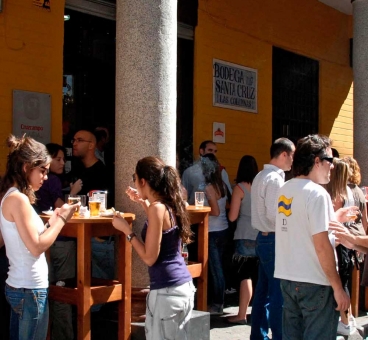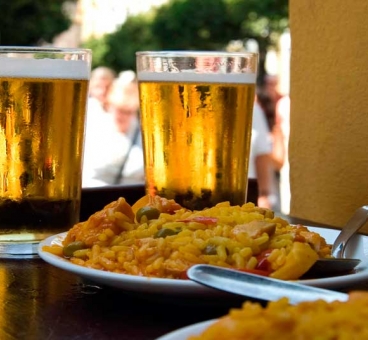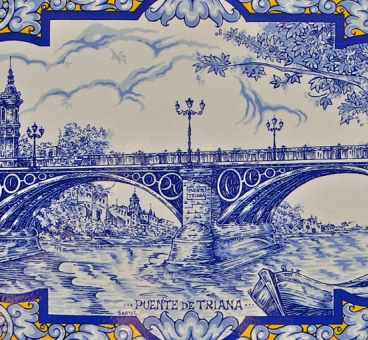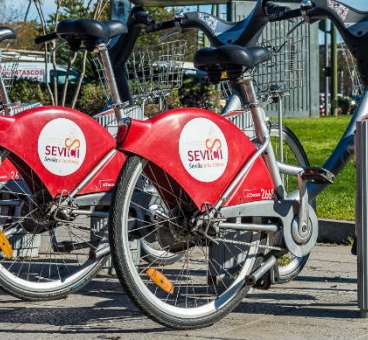To discover the Baroque Seville, we must travel to the 17th and 18th centuries, the time of a city that continued with the urban renewal that began in the 16th century and which was immersed in a great artistic splendor, whose main engine was religious fervor. The ideas that were born with the Protestant Reformation saw religious manifestations multiply, in many cases, through the arts.
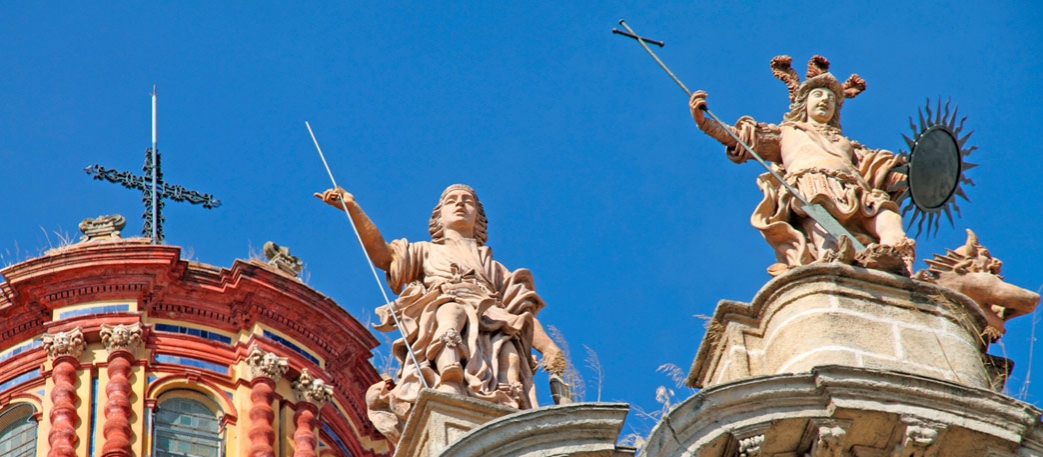
Authors: Ignacio Sala and Sebastián Van der Borcht.
The current headquarters of the Universidad de Sevilla, but originally, it housed the first tobacco factory in Europe. It is the largest industrial building of its kind in Spain, dating back to the 18th century, and one of the oldest of its kind in Europe, dating back to the Old Regime.
Authors: Plans by Antonio Rodríguez and the work of Leonardo de Figueroa.
The building that best represents baroque architecture. It was property of the Court of the Inquisition, housing the School of the Navy and was the private residence of the Dukes of Montpensier.
Author: Pedro Sánchez Falconete.
The architectural and artistic summit of Spanish Baroque art. The hostel was intended for the poor passers-by and the infirm who were not admitted to other hospitals in the city. It was founded by Miguel Mañara.
Authors: Miguel de Zumárraga, Alonso de Vandelvira and Cristóbal de Rojas.
Religious Baroque temple for Roman Catholic worship, integrated into the heart formed by the Cathedral of Seville. It is the most successful religious building of the Sevillian baroque style of the 17th century.
Authors: Lorenzo Fernández Iglesia and Vermondo Resta.
The origin of this building goes back to 1251, although little remains from this time. Reforms were carried out during the middle of the 16th century. Note its entry, considered one of the best of the Sevillian Baroque style. This portada is the work of Lorenzo Fernández Iglesias and Diego Antonio Díaz, built in the 18th century.
Authors: Juan Domínguez and Leonardo de Figueroa.
Popularly known as the Hospital de los Venerables. The birth of this hospital is due to the work of the Brotherhood of El Silencio who decided to support elderly, poor and disabled priests. In 1673, this same brotherhood founded another Hospital that was entrusted with fulfilling this function.
Author: Sebastián Rueda. Date: 1665-1728.
Forming part of the Baroque architecture of the city, it is composed of three naves with semi-spherical vaults. In its interior, we find works of great artistic value, with the presence of artists such as Juan de Valdés Leal.
Authors: Pedro Sánchez and Juan González. Date: 1660-1665.
Also known as Santa María de las Nieves de Sevilla, it is one of the most representative temples of baroque architecture in Seville. It is known as “the temple of the three religions” since it was a Mosque in the 10th century, a synagogue in the 13th century, and a Christian temple after the expulsion of the Jews from the city in the late 15th century.
Author: possible work of Pedro de Silva. Date: 18th century.
Building that represents the transition from Baroque to Neoclassical, although its interior decorations are markedly Baroque. Since 1922, the Sacramental Brotherhood of St. Nicholas (La Candelaria) have been based here. It is a rare case of a columnar church with columns of jasper in red, in the Tuscan style.
Authors: Pedro Romero and Esteban Paredes. Date: 1699 -1766.
Small temple in the Baroque style, located in the heart of the historical city centre. It is a small church with a rectangular footprint with a single nave and a small transept.
Authors: Esteban García, Diego Antonio Díaz, Leonardo de Figueroa. Dates: 1674-1712.
Largest church in the city after the Cathedral. Religious temple for Roman Catholic worship under the invocation of Our Lord San Salvador. Baroque style and rectangular floor plan, it was erected on the remains of the Ibn Adabbas mosque (9th century), keeping part of its prayer courtyard (sahn) and the base of its minaret tower.
Authors: Leonardo, and Antonio Matías Figueroa. Date: 17th century.
In the heart of the city, it is considered a museum of Baroque art in Seville. It is also the only vestige that remains of the Hospital de Nuestra Señora del Buen Suceso or of the Hospital de los Convalecientes.
Authors: Leonardo and Antonio Matías de Figueroa and Diego Antonio Díaz. Date: 1699-1731.
A great example of Sevillian Baroque architecture, this church was originally intended to be the old novitiate of the Jesuits. It has had several uses throughout the years, as a novitiate, as a clerical seminary, the Franciscan Barefooted Fathers used it as a hospice to welcome the religious elderly. Restored by King Fernando VII, the Jesuits returned, remaining until the confiscation of Mendizábal.
A great opportunity to get to know the Baroque Seville through painting is to visit the Museum of Fine Arts. Founded as a “Museum of Paintings” in 1835, it opened its doors to the public in 1841 with works from disentailed convents and monasteries. The building occupies the place that was, at that time, intended to be the old Convent of the Merced Calzada, founded by San Pedro Nolasco after the conquest of Seville in 1248.
The museum has a very diverse collection of paintings, sculpture, ceramics, goldsmithing work... including famous artists such as Murillo, Velázquez, Zurbarán and Juan de Valdés Leal, among others. It is considered to be the second pinacoteca of Spain, after Madrid’s Prado Museum.
We propose you take a tour of the Baroque Seville exhibits located in the Museum of Fine Arts in Seville so that you can get to know the great works of the masters of that time.
